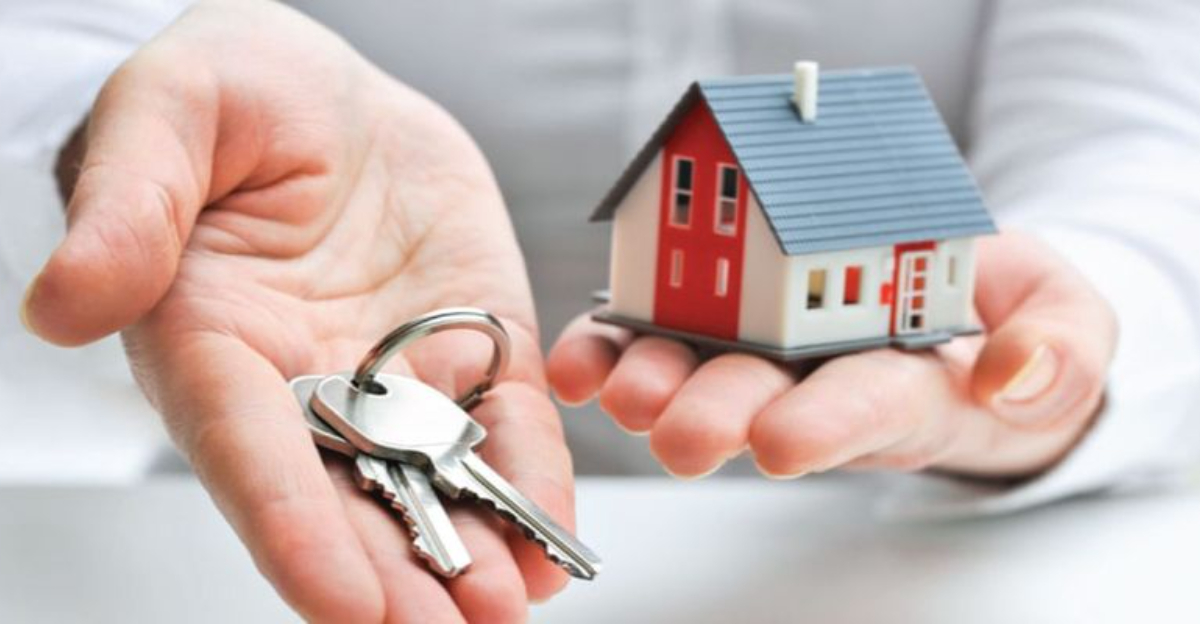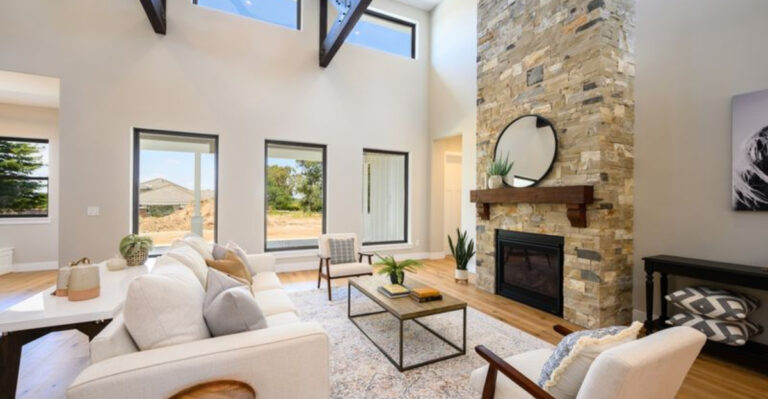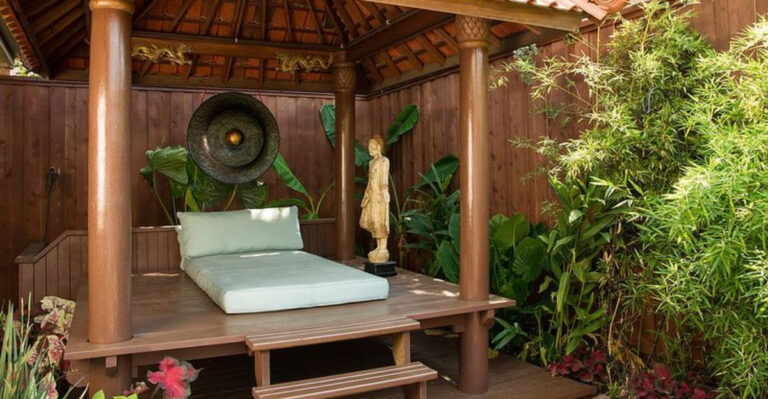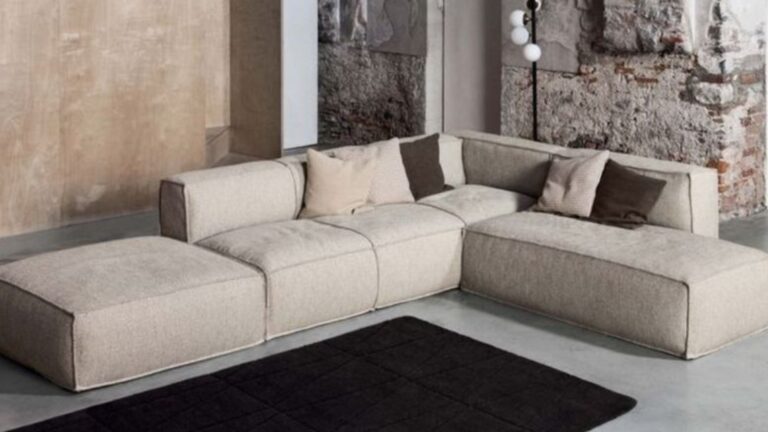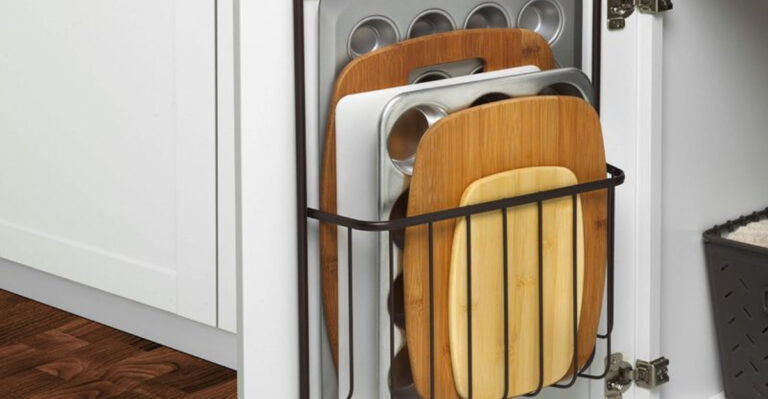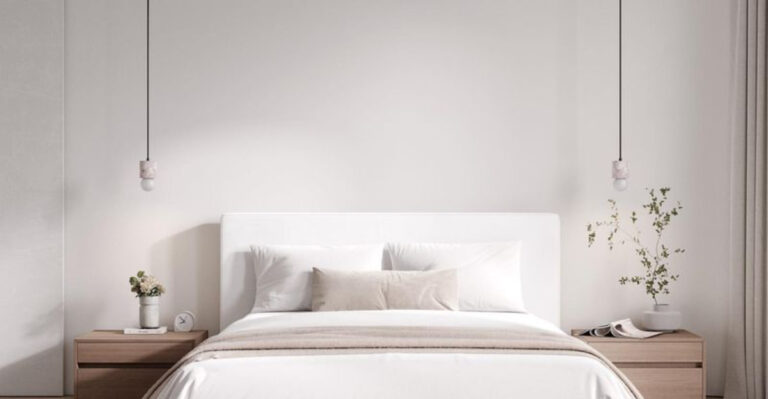10 Homes Set To Lose Value By 2025 (And 10 Destined To Skyrocket)
Buckle up, because real estate in 2025 is wilder than a theme park ride! One minute prices are soaring, the next they’re in freefall, and trying to keep up feels like a full-time job.
I’ve been obsessively tracking the market, and let me tell you, some types of homes are tanking hard while others are absolutely on fire.
Whether you’re stressing about your home’s worth or scouting for a savvy investment, knowing which properties are rising and which are crashing could save you a boatload of cash, and a whole lot of sleepless nights.
1. Properties In Climate-Vulnerable Areas
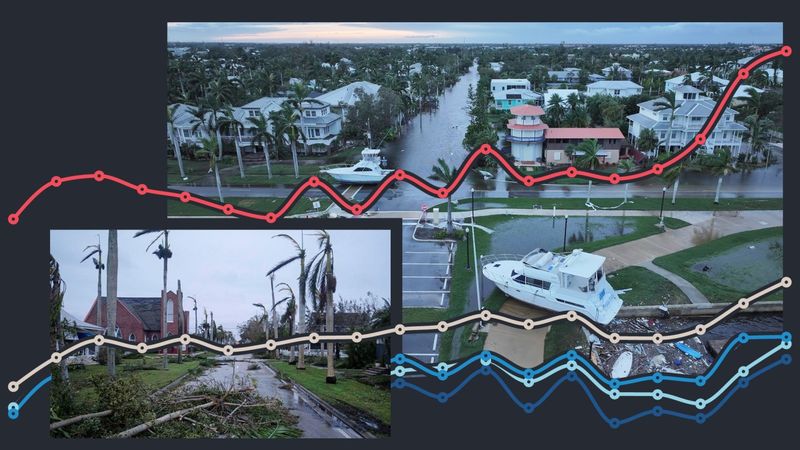
Yikes! Homes perched in hurricane zones, floodplains, and wildfire hotspots are seeing their values wash away faster than beachfront during high tide.
Insurance companies are either hiking rates to the stratosphere or flat-out refusing coverage in these regions. Without affordable insurance, these once-desirable properties become practically unsellable.
Folks who once paid premiums for ocean views are now facing a tsunami of depreciation as climate change makes these areas increasingly risky investments.
2. Outdated Single-Family Homes
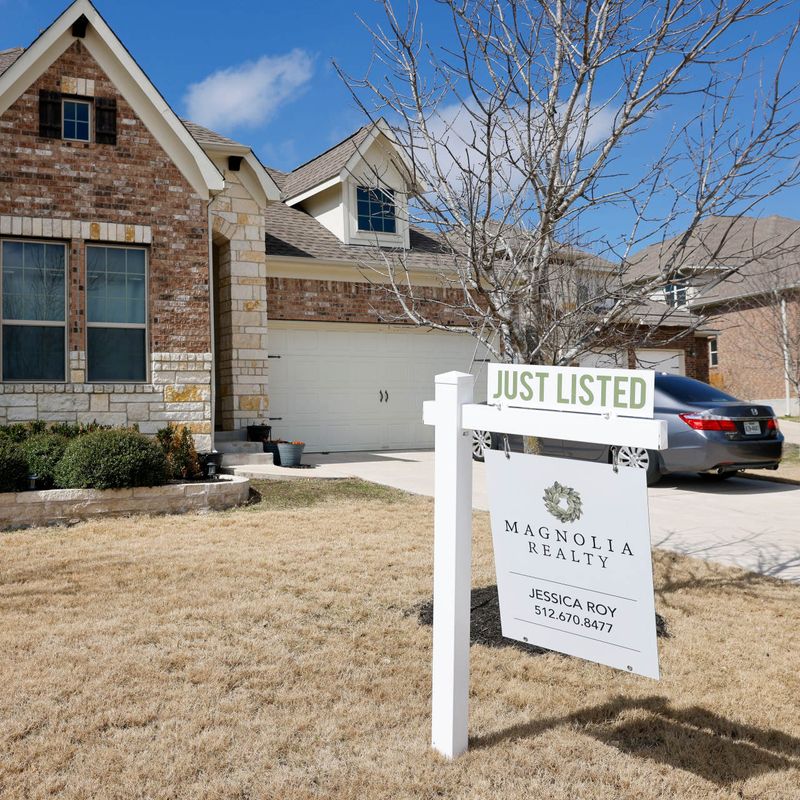
Remember those charming homes with pink bathroom tiles and wood paneling? They’re not so charming to modern buyers with their outdated electrical systems and energy-guzzling appliances.
While Granny might love her harvest gold kitchen, today’s buyers are scrolling past these time capsules faster than you can say “avocado refrigerator.”
Homes lacking smart technology, energy efficiency, and open floor plans are seeing their values plummet as renovation costs soar and buyers prefer move-in ready properties.
3. Luxury Urban Condominiums
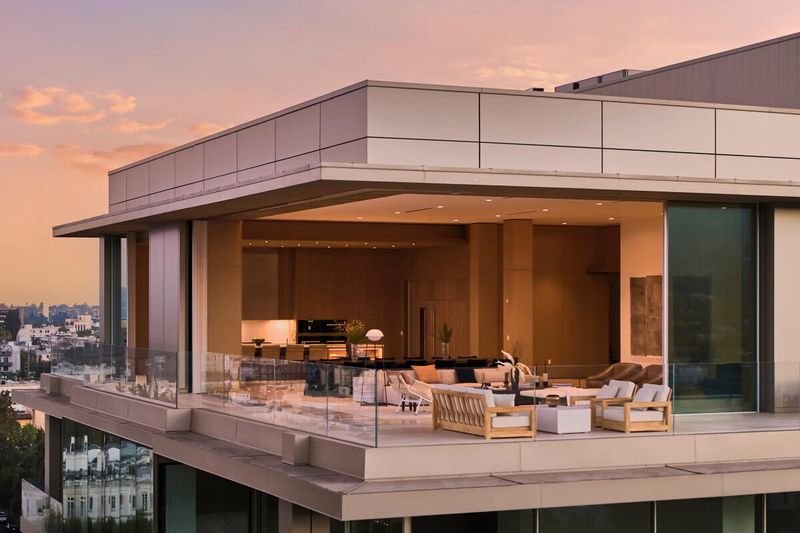
How the mighty have fallen! Those glitzy high-rise condos with fancy doormen and rooftop pools are losing their luster faster than last season’s fashion trends.
Post-pandemic remote work has folks craving space over convenience, making them question those eye-watering HOA fees. “Why pay $1,200 monthly for amenities I rarely use?” new buyers wonder.
These once-hot properties are cooling faster than a forgotten latte, with some luxury markets seeing double-digit percentage drops in value.
4. McMansions In The Suburbs
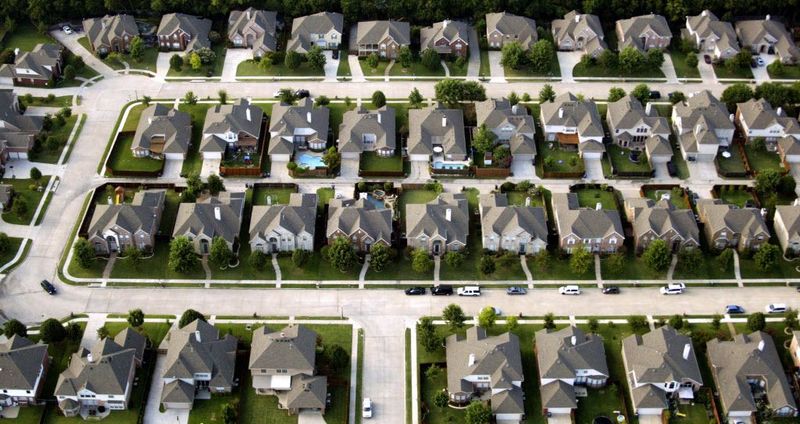
Though they once symbolized success, those massive cookie-cutter mansions on tiny lots are falling from grace faster than you can mow their postage-stamp lawns.
Built during the bigger-is-better era, these energy hogs with their pointless formal dining rooms and excessive heating bills are becoming white elephants.
Young families are laughing at the maintenance costs while boomers are desperately trying to downsize. Utility costs alone can run upwards of $1,000 monthly for these beasts!
5. Homes Near Polluting Industries

Living within whiffing distance of factories or refineries? Your property value might stink as badly as the air quality.
Environmental consciousness has skyrocketed, with buyers checking pollution indexes almost as carefully as school ratings. Families are increasingly unwilling to compromise on health concerns, even for bargain prices.
Sometimes even a hefty discount can’t overcome the stigma of living in the shadow of smokestacks, with some industrial-adjacent properties seeing 30% lower valuations than similar homes just a few miles away.
6. Car-Dependent Suburban Developments
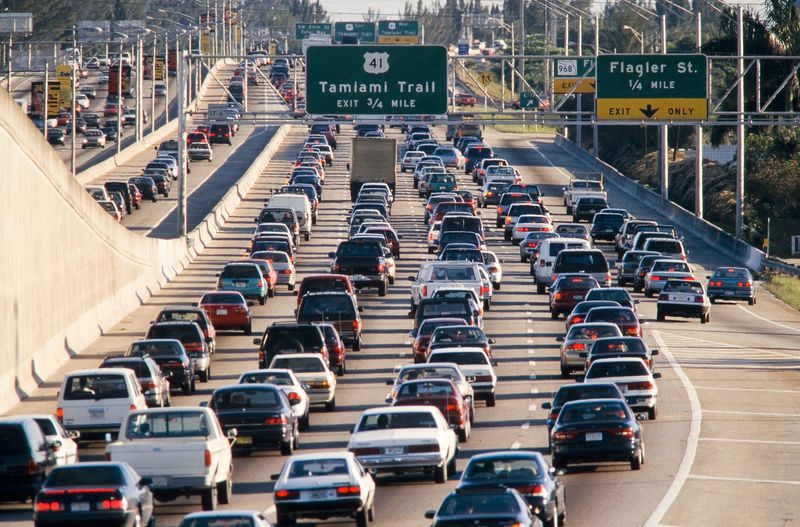
Trapped in traffic much? Those sprawling subdivisions where you need to drive 15 minutes just to grab milk are falling out of favor faster than gas prices rise.
Millennials and Gen Z buyers are increasingly valuing walkability and transportation options, turning their noses up at car-dependent lifestyles.
With gas prices yo-yoing and climate concerns mounting, these distant developments are losing their appeal. If your home requires a car for every errand, brace yourself for declining interest from younger buyers.
7. Properties With Poor Internet Connectivity
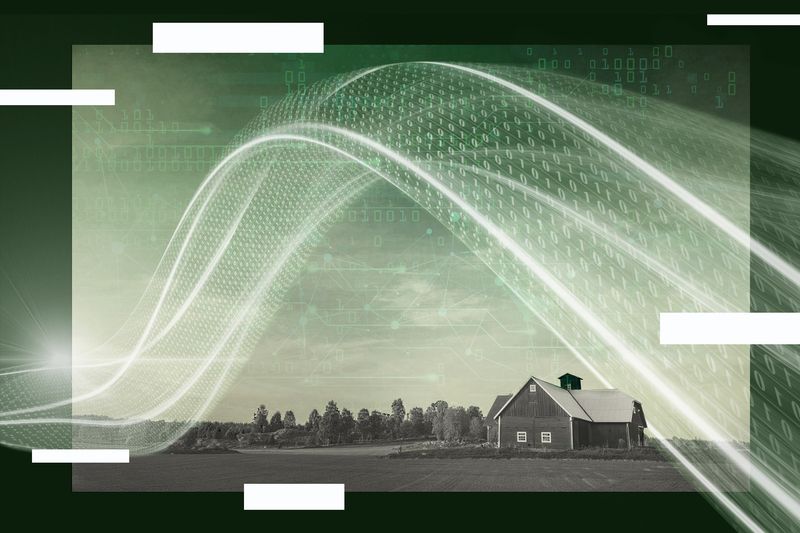
If your Zoom calls freeze more often than ice cream, your home value might be on thin ice too! Remote work revolutionized housing priorities, making high-speed internet as essential as running water.
Properties in digital deserts are seeing potential buyers vanish faster than you can say “buffering.” Rural homes without fiber optic access or reliable cellular service are particularly vulnerable.
Who wants to pay full price for a place where streaming movies is impossible and working from home means sitting in your car outside the local McDonald’s for Wi-Fi?
8. High-Maintenance Luxury Estates
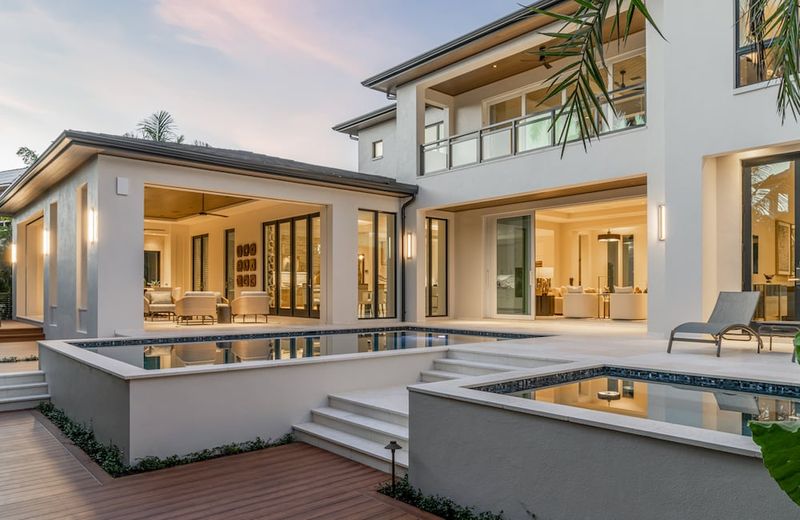
Fancy a private tennis court that costs $5,000 yearly to maintain? Neither do most buyers! Sprawling estates with specialized amenities are losing their appeal faster than you can say “pool repair bill.”
Mansions with extensive gardens, elaborate water features, and custom systems require specialized maintenance crews that are increasingly expensive and hard to find. Even wealthy buyers are thinking twice.
When the annual upkeep approaches the GDP of a small nation, these white elephants sit on the market gathering dust instead of gathering offers.
9. Homes In Declining School Districts

When schools start failing, home values follow suit quicker than kids running to recess. Nothing tanks property values faster than a school district losing its luster.
Families will pay premium prices to access quality education, making school ratings one of the strongest predictors of neighborhood stability.
Areas where schools have lost funding, experienced administrative turmoil, or seen declining test scores are witnessing alarming drops in buyer interest. Even childless buyers avoid these areas, knowing resale will be challenging.
10. Water-Stressed Communities

Parched lawns and water restrictions aren’t just destroying your garden, they’re drowning your property value too! Communities facing severe water shortages or contamination issues are seeing buyers dry up faster than their reservoirs.
In some drought-prone regions, homes with water-hungry features like pools and expansive lawns have become liabilities rather than luxuries.
Would-be residents worry about rising utility costs and future restrictions. Who wants to invest in a place where you might eventually pay more for water than for your mortgage?
11. Sustainable And Eco-Friendly Homes
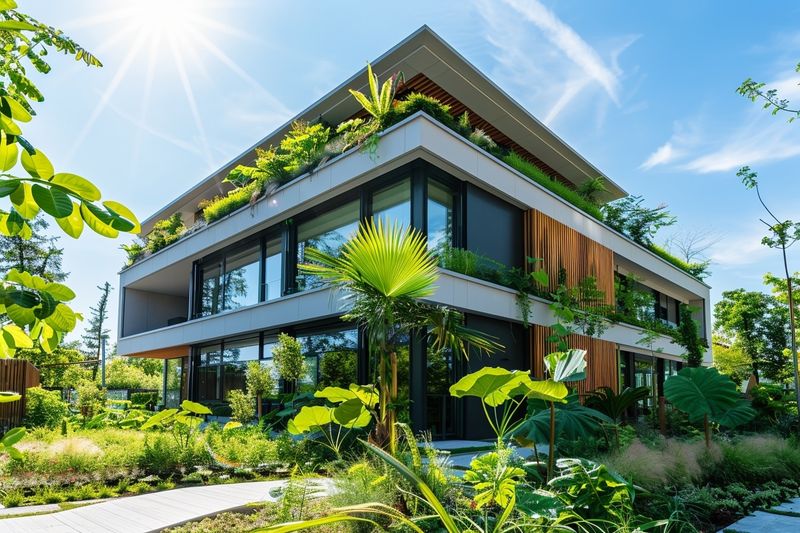
Green is the new black in real estate! Eco-friendly homes are raking in the green, both environmentally and financially, as buyers scramble for properties with smaller carbon footprints.
Solar panels, energy-efficient appliances, and sustainable materials aren’t just saving the planet; they’re saving owners serious cash on utility bills. These savings translate directly to higher property values.
Millennial and Gen Z buyers are willing to pay 10-15% premiums for homes with verified green credentials, making sustainability one of the smartest investments for forward-thinking homeowners.
12. Historic Homes With Character
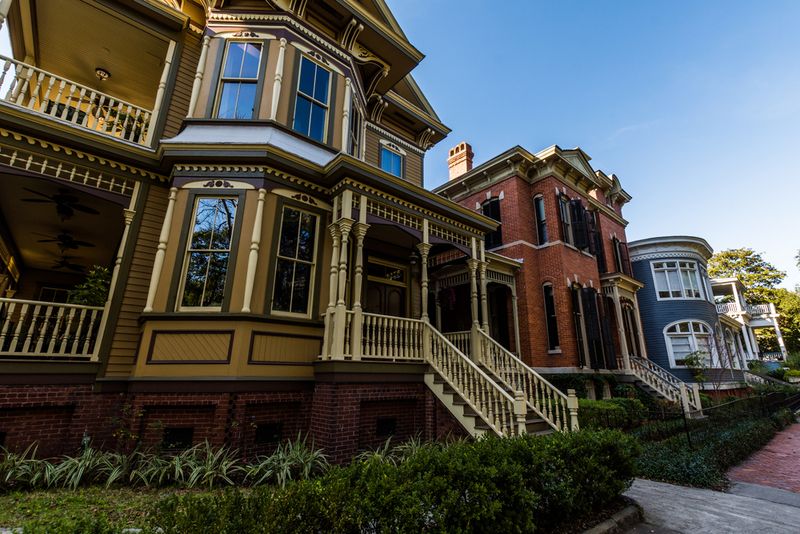
While cookie-cutter houses multiply like rabbits, those charming historic gems with unique architectural details are becoming the crown jewels of real estate.
Buyers are falling head over heels for homes with stories to tell, original hardwood floors, stained glass windows, and those quirky details you just can’t replicate with modern construction. These architectural treasures often sit in established neighborhoods with mature trees and walkable amenities.
In a world of beige suburban sameness, these distinctive properties stand out like diamonds among rocks, commanding premium prices from buyers seeking authenticity.
13. Homes With Accessory Dwelling Units
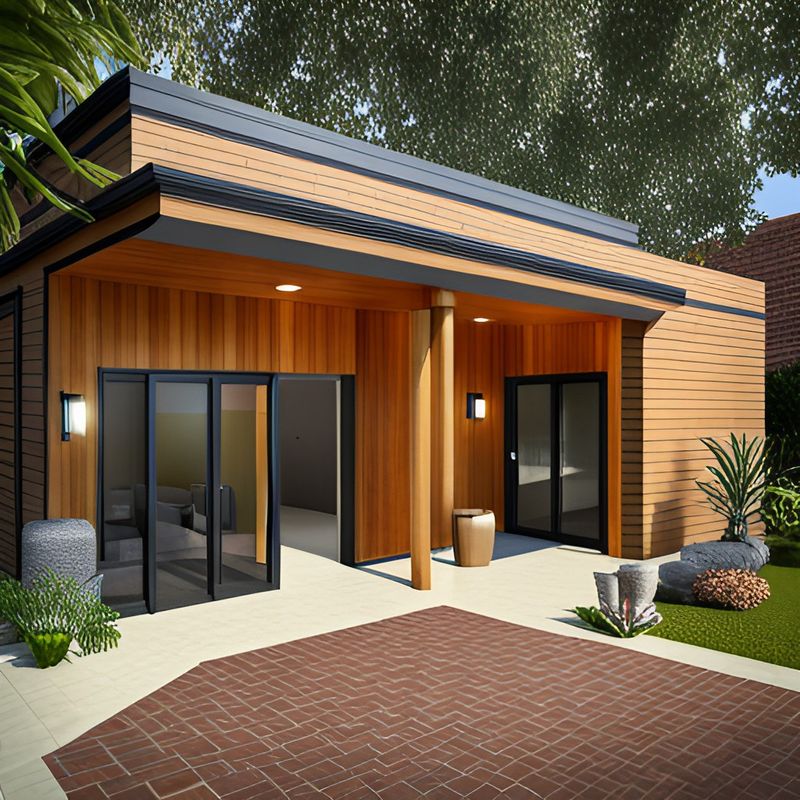
Granny flats are making grandma proud by boosting home values to impressive heights! Properties with ADUs (those nifty in-law suites, converted garages, or backyard cottages) are becoming the golden tickets of real estate.
These versatile spaces offer rental income potential, multigenerational living options, or dedicated home offices, addressing multiple modern needs in one property.
With housing affordability challenges nationwide, these homes essentially pay for themselves. Smart homeowners are investing $100K in ADU additions and seeing property values jump by $200K or more!
14. Multifamily Properties In Growing Areas
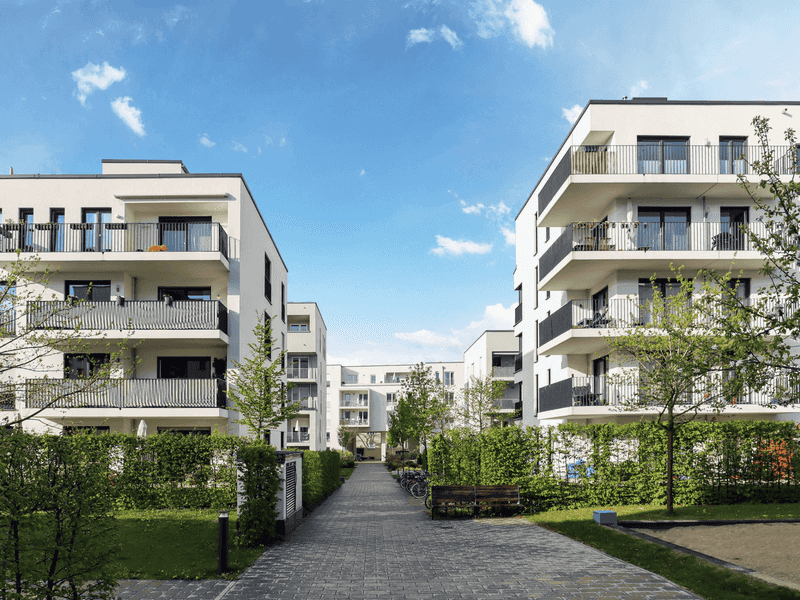
Duplexes, triplexes, and small apartment buildings are turning into money-printing machines as housing shortages persist across growing metro areas.
With mortgage rates squeezing single-family affordability, these income-generating properties offer both housing and investment potential.
Savvy buyers can live in one unit while renting others to help cover the mortgage. Smaller multifamily properties offer the perfect middle ground between single-family homes and commercial real estate.
15. Homes In 15-Minute Neighborhoods
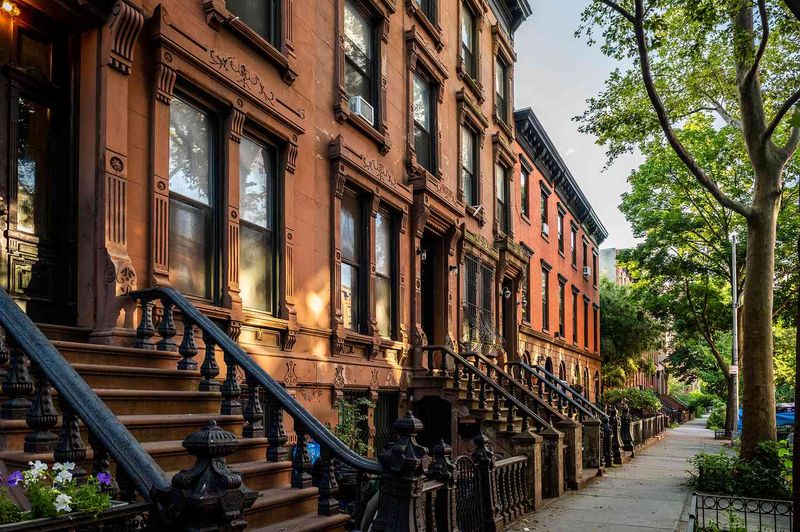
Homes where you can stroll to coffee shops, grocery stores, and restaurants are commanding premium prices that would make your jaw drop.
The 15-minute neighborhood has become the holy grail for buyers tired of car dependency. Rising gas prices and environmental concerns have only accelerated this trend.
Properties in these walkable communities are seeing value increases up to 25% higher than comparable homes in car-dependent areas, proving convenience has a very specific price tag!
16. Homes With Dedicated Office Space
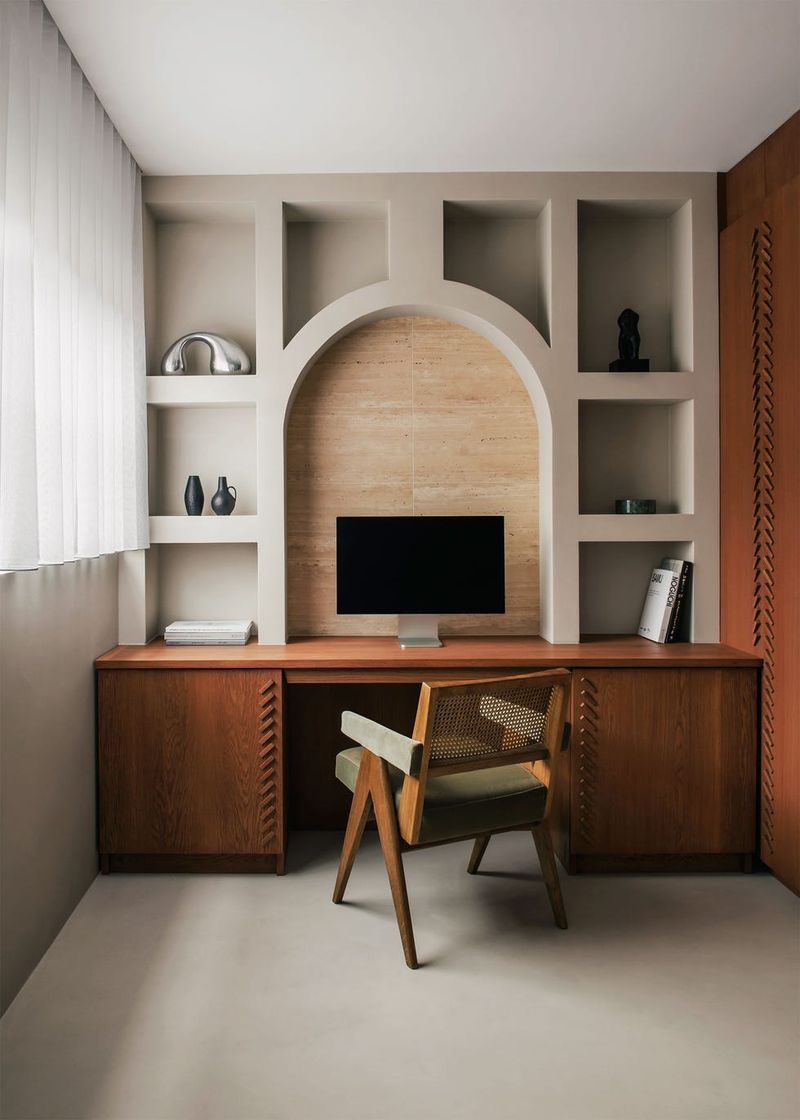
Zoom-worthy home offices have zoomed from “nice-to-have” to “must-have” faster than you can say “you’re on mute!” Properties featuring dedicated workspaces are commanding serious premiums.
Remote work isn’t just a pandemic blip, it’s the new normal for millions. Buyers are willing to pay up to $15,000 more for homes with proper work-from-home setups.
If your property offers a quiet space with good lighting and enough room for a decent desk, you’re sitting on a goldmine!
17. Multigenerational-Friendly Floor Plans
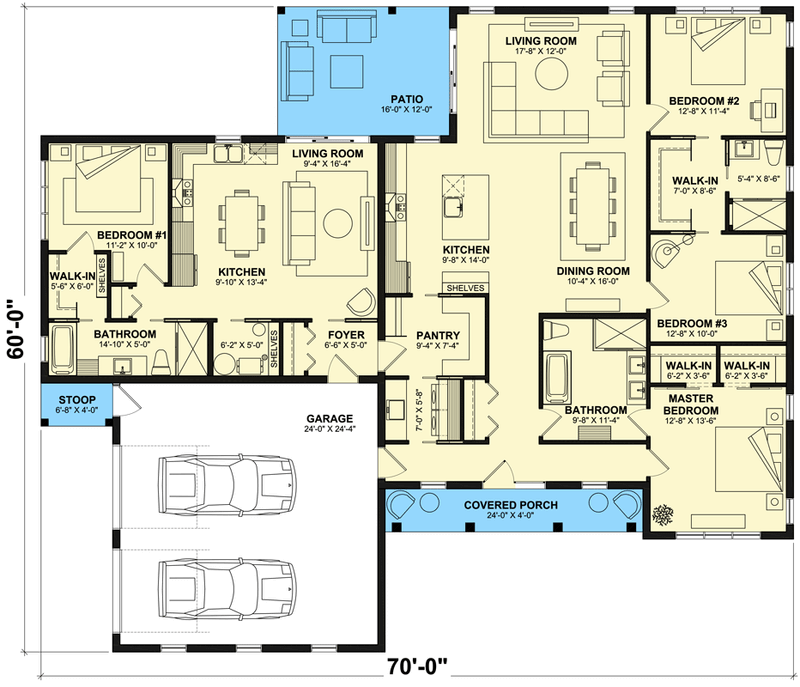
Three generations under one roof? Not a problem with these smart layouts! Homes designed for multiple generations to live comfortably together are seeing values rise faster than grandma’s famous dinner rolls.
With housing costs skyrocketing and eldercare expenses following suit, families are pooling resources to buy properties with first-floor primary bedrooms, multiple living areas, and separate entrances.
These adaptable homes offer privacy while keeping loved ones close. As America’s demographics shift, these versatile properties are becoming increasingly precious to a wide range of buyers.
18. Rural Properties With Land
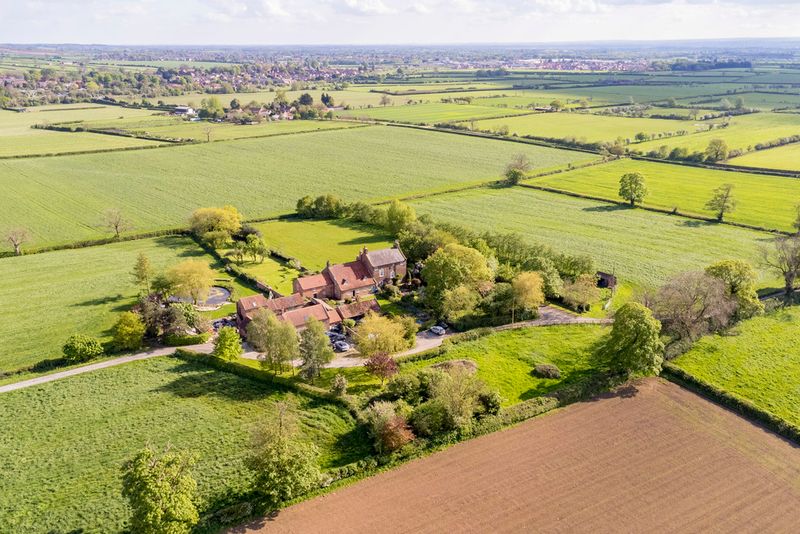
Rural properties with acreage are seeing city slickers flock to them faster than you can say “social distancing.”
The pandemic permanently shifted priorities for many buyers, who now crave space, privacy, and self-sufficiency over urban convenience. Properties with room for gardens, hobby farms, or just breathing room have seen values climb steadily.
With remote work enabling exodus from cities, rural homes with good internet connectivity (key requirement!) are golden tickets, especially those within a 2-hour drive of major metropolitan areas.
19. Homes With Smart Home Integration
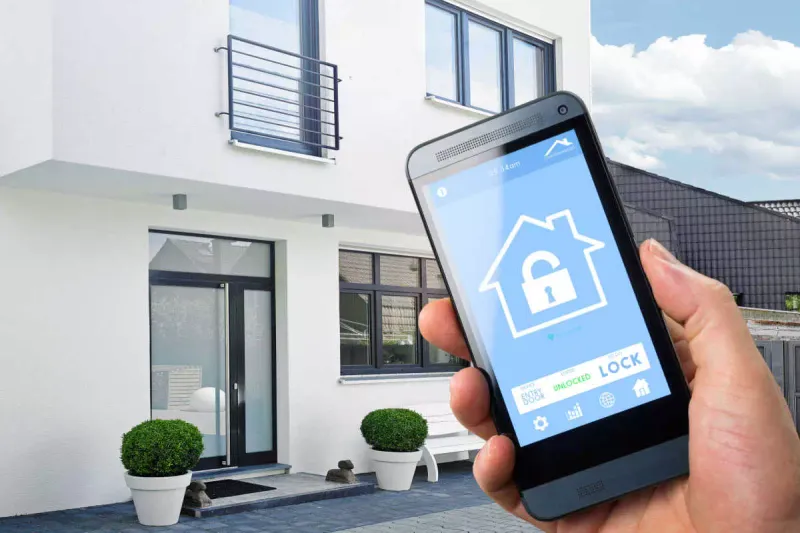
Properties equipped with integrated smart home technology, like security systems, thermostats, lighting, and voice-activated assistants—are quickly becoming hot commodities.
Buyers love the convenience, energy savings, and future-proof appeal of smart features that make daily life easier and more efficient. As more homeowners seek homes that sync seamlessly with their digital lifestyles, properties with professionally installed smart systems are commanding premium prices.
The ability to control everything from your phone or voice assistant isn’t just cool—it’s a major selling point that will keep these homes in high demand.
20. Properties Near Expanding Public Transit
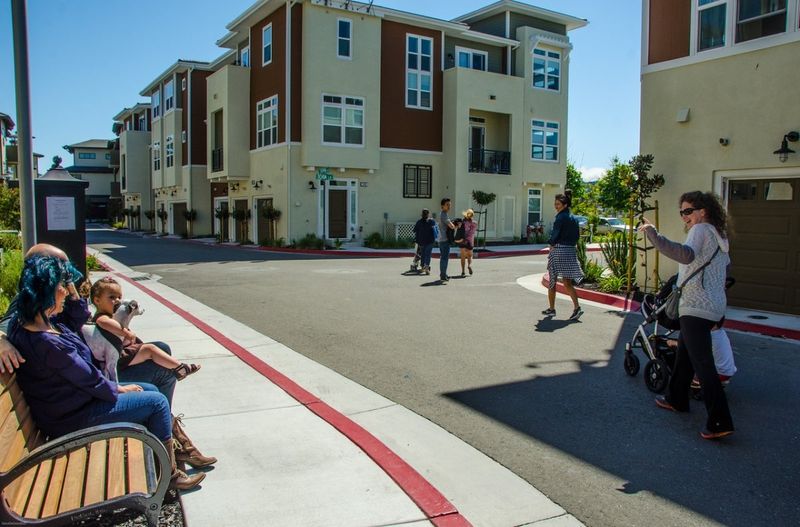
Homes located within walking distance of new or expanding public transit lines are skyrocketing in value as cities invest in rail, subway, and rapid bus systems.
Easy access to reliable transportation appeals to buyers tired of traffic and rising car expenses, while also future-proofing properties against changing commuting habits. As urban planners prioritize walkability and sustainability, these transit-adjacent properties will only become more desirable.
Expect bidding wars for homes steps from train stations or bus hubs, especially in growing cities aiming to reduce car dependency.

